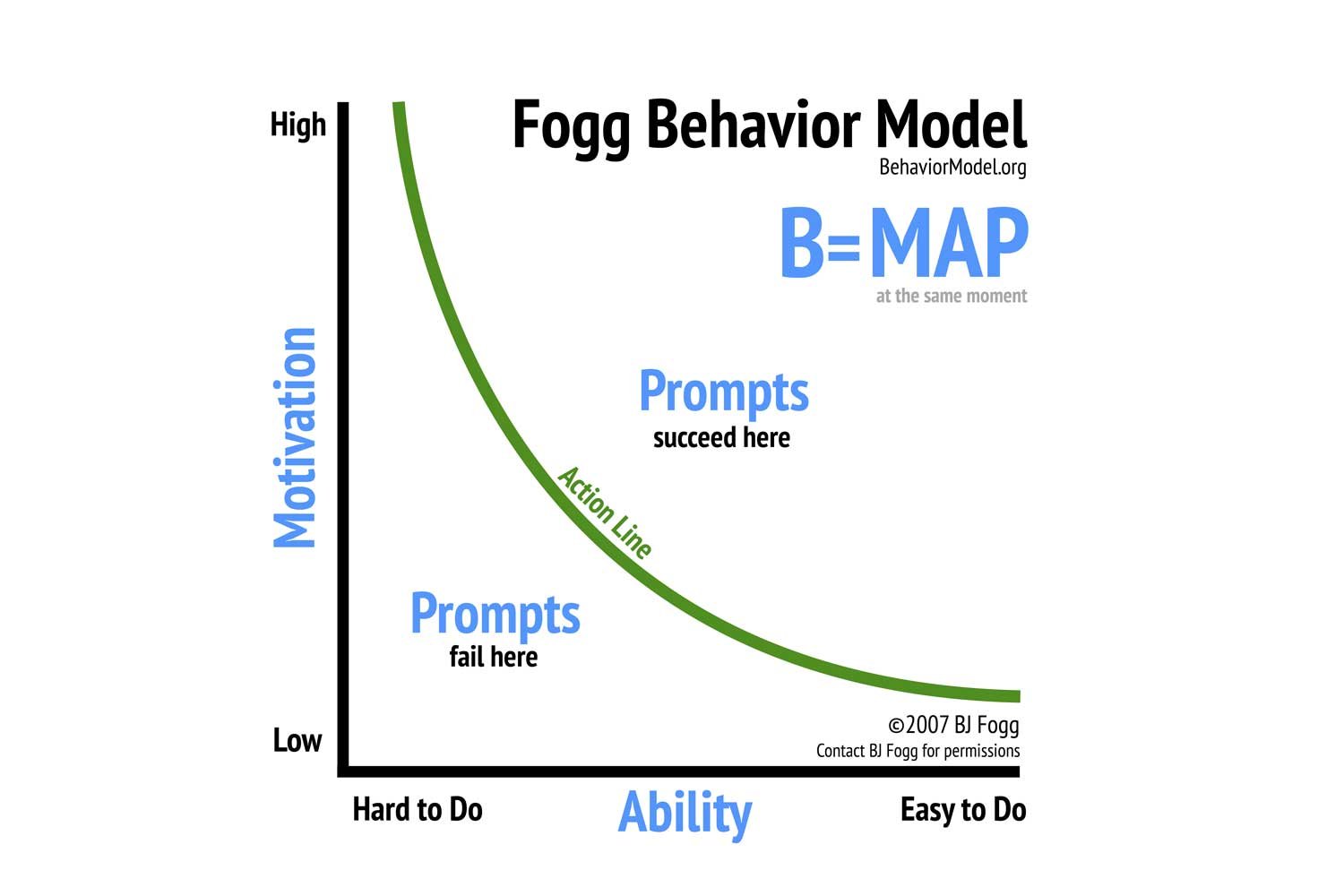Our modern society exists in a state of time fixation because calendars reach their limits and daily responsibilities extend into the next day. The busy nature of life creates small periods of peace which people tend to overlook. The seemingly unimportant five-minute intervals hold the power to transform your productivity levels and mental clarity and overall wellbeing.
This article examines the scientific approach to micro-time management which serves as an effective time optimization method to transform brief periods into productive achievements.
What Is Micro-Time Management?
The practice of micro-time management involves using brief time intervals between 1 to 10 minutes to accomplish specific tasks with purpose. The method operates differently from conventional time management because it relies on fast decision-making and momentum while being highly agile.
The system converts ordinary transitional periods into small productive areas.
Why Do People Waste 5-Minute Time Gaps?
Most people dismiss 5-minute intervals as too short to matter. These brief moments get wasted on aimless scrolling and passive distractions and indecision. People hold this belief because they think meaningful impact needs extended periods of intense concentration.
But what if five minutes could:
- Clear your inbox
- Capture a business idea
- Send a thank-you email
- Center your thoughts with deep breathing?
Mastering micro-time management shifts your relationship with time.
The Psychology of Micro-Time Efficiency
Dr. Peter Gollwitzer explains in his “Implementation Intention” model that people achieve higher success rates in completing tasks when they establish specific times and locations for their actions. The approach proves most beneficial for performing micro-actions (source).
The Tiny Habits research by behavioral scientist BJ Fogg demonstrates how small actions performed at particular times lead to substantial long-term outcomes according to the Fogg Behavior Model.

The approach of Micro-time works because it reduces friction. Your brain doesn’t resist a 5-minute task. And once you start — you tend to continue.
How to Spot Micro-Gaps in Your Daily Routine
Micro-gaps exist in everyday situations. Look for these common moments:
- Waiting for a Zoom call to begin
- Coffee brewing
- Elevator rides
- Standing in a line
- Between meetings or lectures
- App builds or file uploads
The goal is to avoid filling them with noise while maintaining intentional engagement.
12 High-Impact Micro-Tasks You Can Do in 5 Minutes
Here are 12 productive things to do in five-minute intervals:
- Respond to a priority email
- Write down three ideas in Notion or Google Keep.
- Stretch or do 5 minutes of breathwork
- Learn 5 new words in a foreign language
- Clear one inbox folder
- Read one saved paragraph or insight
- Make one high-leverage phone call
- Write a micro-journal entry
- Send a gratitude text or email
- Plan your next task with clear intent
- Declutter a small section of your desktop
- Review yesterday’s wins and lessons
Personal Experience: My Micro-Time Transformation
The author of this article has personally dealt with the challenge of handling broken time periods.I used to bounce between tabs, constantly distracted — convinced I needed a flawless block of uninterrupted time to even start writing. But that mindset began to crumble when I realized just how many 5-minute windows I was letting go to waste.
Those small openings, once ignored, started to feel like chances to make progress — not reasons to wait. So I began with short, focused bursts:
- A breathing exercise before opening my editor
- Reviewing a key idea or quote I’d saved
- I use my phone to record brief notes and outlines.
The fragments evolved into complete articles through the passage of time. The key to success lay not in acquiring additional time but in developing the ability to utilize existing time effectively with direction and focus.
Best Tools for Micro-Time Management
The following productivity tools will enhance your 5-minute work periods:
- Forest App – Gamify short bursts of focus
- TickTick / Todoist – Fast task capturing and scheduling
- Otter.ai / Voice Memos – Record and transcribe ideas on the go
- Simple Timer Widget – 5-minute countdown as a psychological trigger
Micro-Time Compounds Into Macro-Results
Let’s break down the math:
- 5 minutes × 6 times/day = 30 minutes/day
- 30 minutes × 365 = 182.5 hours/year
The recovery of unused time results in more than 4 full workweeks per year. The 180+ hours you gain from this time recovery could be used for health improvement and skill development and writing and creative activities.
Don’t Wait for Perfect Conditions — Take Micro Action Now
Stop waiting for a 2-hour time block to appear. The time you need already exists — in fragments.
Micro-time management isn’t about squeezing your schedule — it’s about aligning small actions with high-value intentions.
“You don’t need more time — you just need to decide.” — Seth Godin
You should learn to control your minutes instead of focusing on managing your hours. A single five-minute choice you make now will create a chain reaction that leads to major changes throughout the next months.
Ever turned five spare minutes into something meaningful? Share how you make the most of micro-time in the comments — let’s trade ideas that actually work.


